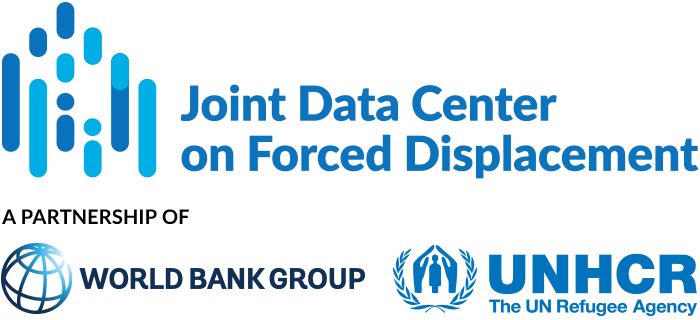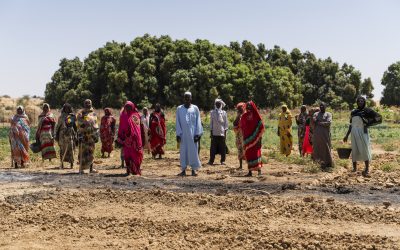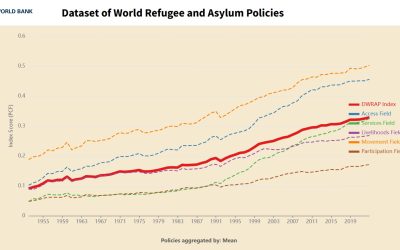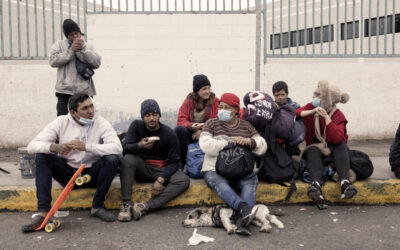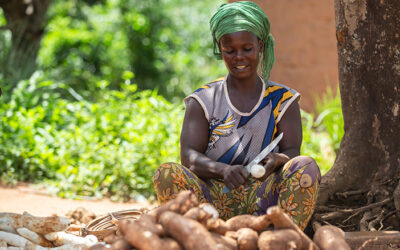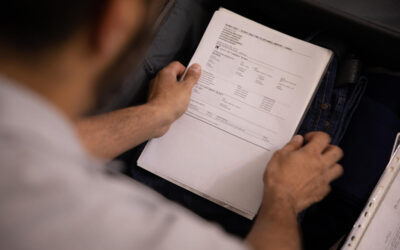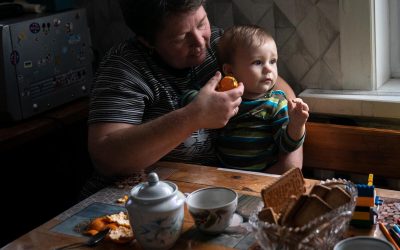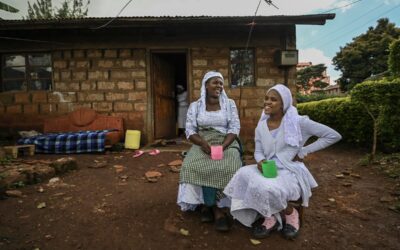News & Events
Past events
Webinar on statistical inclusion for socioeconomic outcomes
On May 20, 2025, the co-conveners of the Multi-stakeholder Pledges on Statistical Inclusion and Economic Inclusion and Social Protection of Forcibly Displaced and Stateless Persons, with UNHCR’s support, hosted a webinar exploring the intersection between inclusive...
Denmark Launch of World Bank Report “Poverty, Prosperity, and Planet: Pathways Out of the Polycrisis”
Bold solutions and coordinated international action are critical if we are to emerge from today’s polycrisis toward a fairer, safer, and more prosperous world.On February 28, 2025, the World Bank–UNHCR Joint Data Center on Forced Displacement, in collaboration with...
Launch of the Dataset of World Refugee and Asylum Policies
The Dataset of World Refugee and Asylum Policies (DWRAP) is the first global dataset of de jure asylum and refugee policies. The online platform features data from 193 countries from 1952 to 2022, allowing users to track trends over time and across geographical...
Blogs and Special Features
Refugees and migrants in Latin America and the Caribbean benefit local economies, new studies show
Panama City and Washington DC, 26 February 2024 – Forcibly displaced people in Latin America and the Caribbean can contribute significantly to the economies where they live if they have the opportunity, according to two new studies released today by the World Bank...
How data can inform policy to address challenges faced by internally displaced people in the Central African Republic
By Harriet Mugera, Gervais Chamberlin Yama, and Jonathan LainThis article was first published on the Africa can end poverty Blog Cassava producer, Zerkongo, Central African Republic. Credit: Vincent Tremeau / World Bank Decades of division and conflict have left the...
Data can inform policies and programmes that can improve the situation for all
Interview of Maja Lazić, Deputy Head of the JDC, by Elisabeth Haslund about the work and ambitions of the innovative partnership – and on how data and analysis can concretely help improve the response to forced displacement.This article was first published on the...
World Bank-UNHCR Data Sharing Agreement to Improve Assistance to the Forcibly Displaced
UNHCR, the UN Refugee Agency, and the World Bank today signed a new global data sharing framework agreement that will provide both organisations with quicker access to data, improving the timeliness of humanitarian aid and development assistance, and help strengthen protection of forcibly displaced and stateless people.
From Kenya to Kyrgyzstan: how data can help eliminate statelessness
Authored by Maja Lazić , Head of the World Bank-UNHCR Joint Data Center on Forced Displacement Against all odds, Nosizi (right), a stateless Shona living in Kenya, qualified and was accepted to study economics at the University of Nairobi after the institution made an...
People fleeing conflict don’t want aid – they want work
An article by Björn Gillsäter, Head, World Bank-UNHCR Joint Data Center on Forced DisplacementGabriela Davila is a Venezuelan entrepreneur who arrived in Ecuador 5 years ago. She lives in Quito and, in her bakery, prepares colada morada and guaguas de pan, following...
To get a clearer picture of internal displacement, we need better data
Authored by Björn Gillsäter, Head of the World Bank-UNHCR Joint Data Center on Forced Displacement Today, internally displaced persons (IDPs) account for an estimated sixty percent of forcibly displaced persons globally[i]. Coinciding with escalating levels of...
If we invest in statistics, our dividend will be protection
Some 74% of forcibly displaced people are located in low- and middle-income countries, where investments in development programs and sound policy decisions are a foundation of a sustainable future. They are often the most marginalized population group in these countries.
Here’s how other refugee emergencies can guide government response to the Ukraine crisis
As the conflict in Ukraine continues, the world witnesses yet another refugee emergency. Millions of Ukrainians are fleeing their homes to seek asylum in other European countries. But how will these countries cope with this considerable, for some disproportionate, influx of displaced persons?

